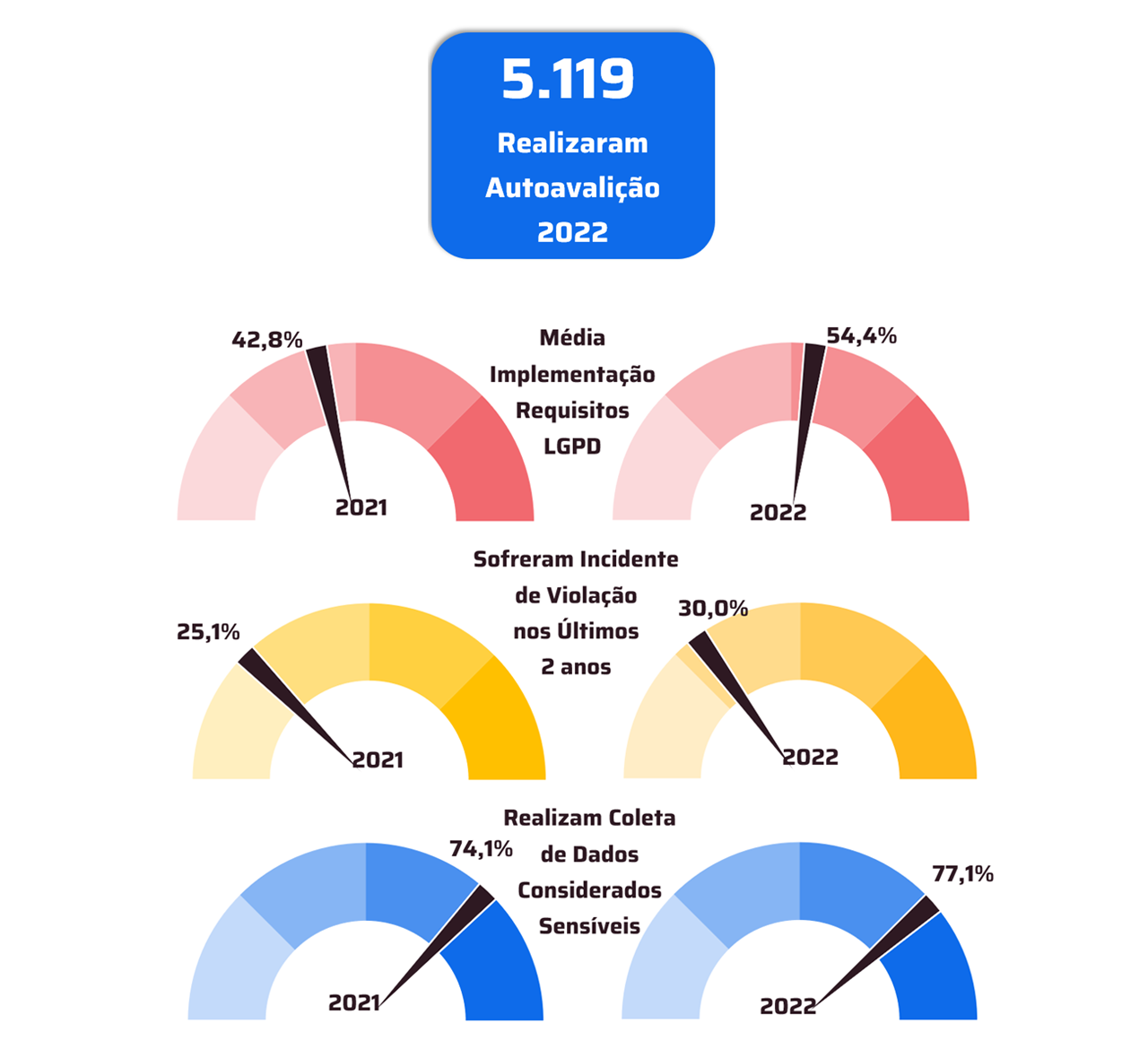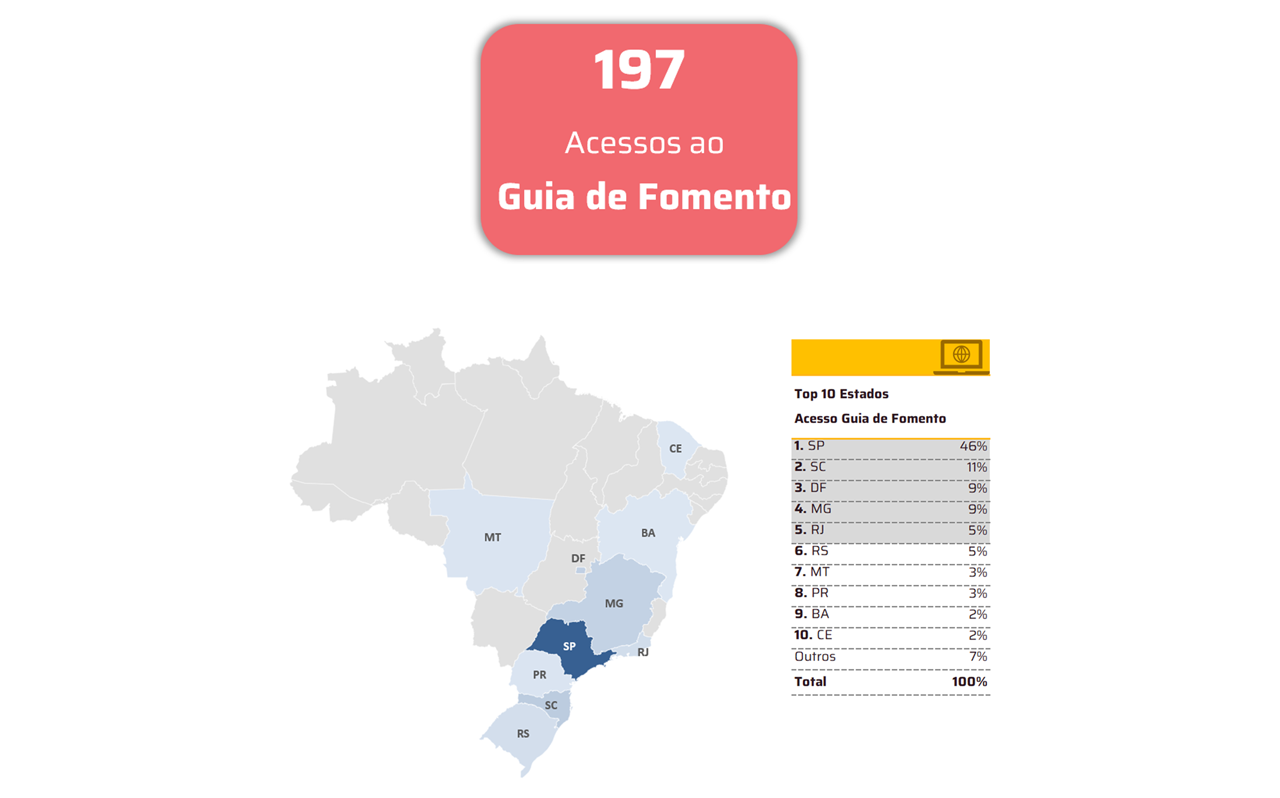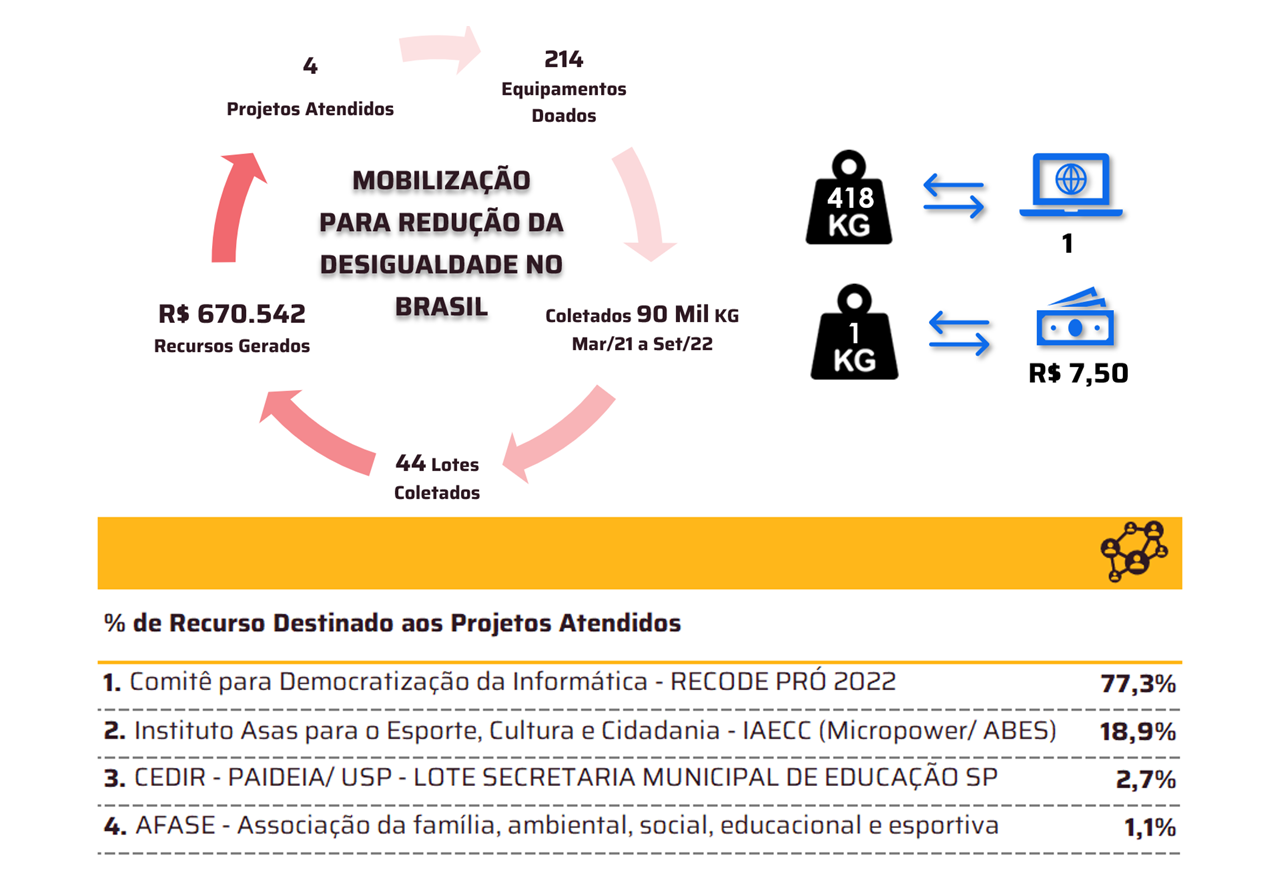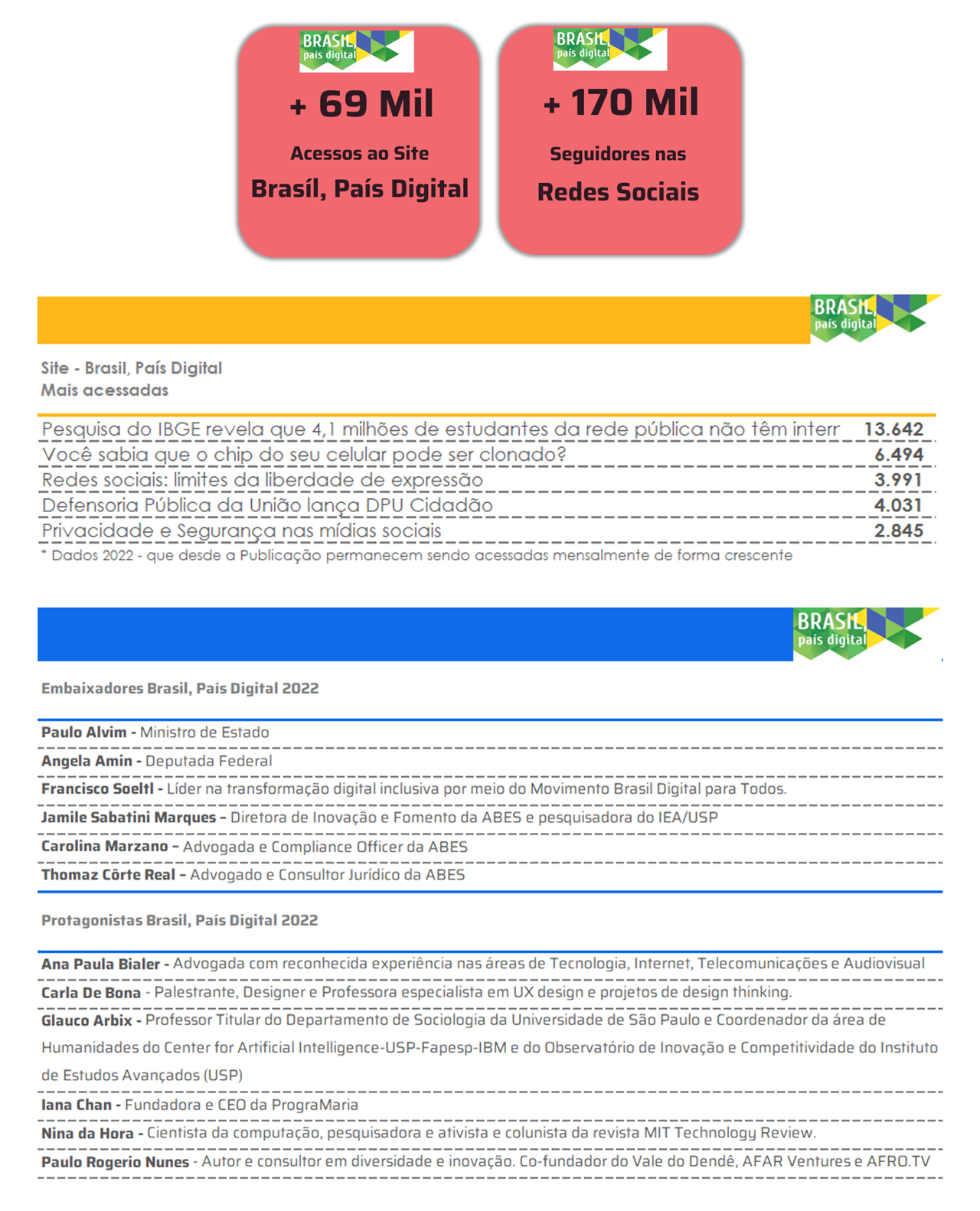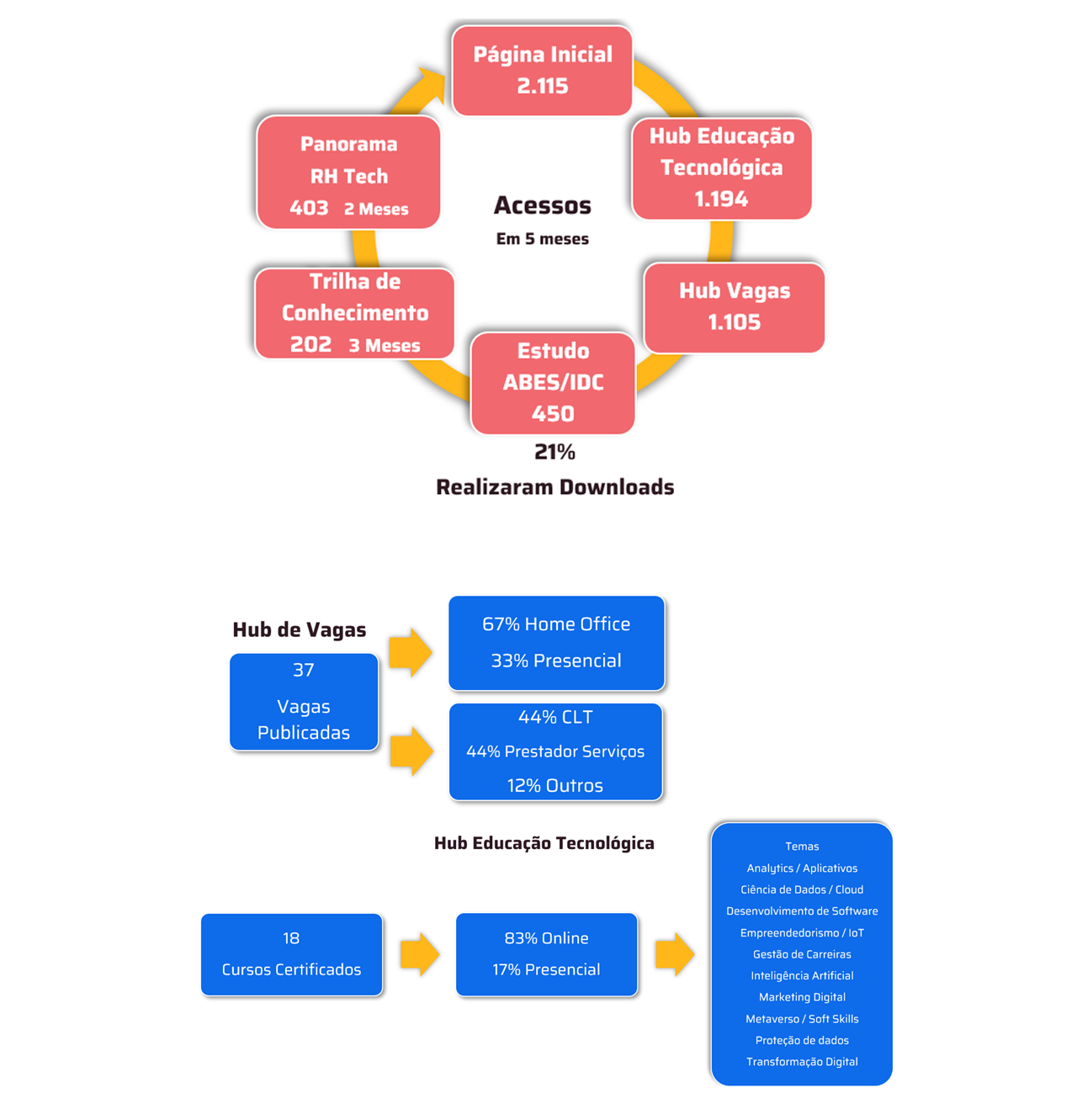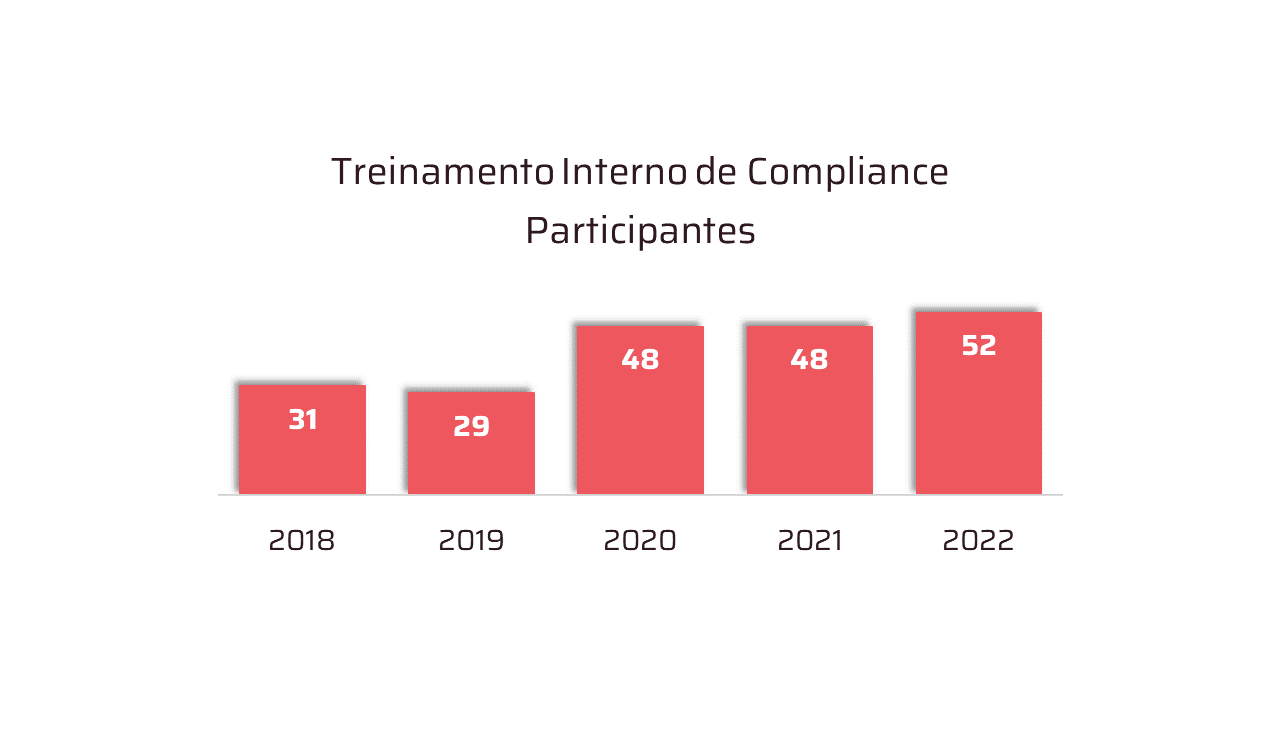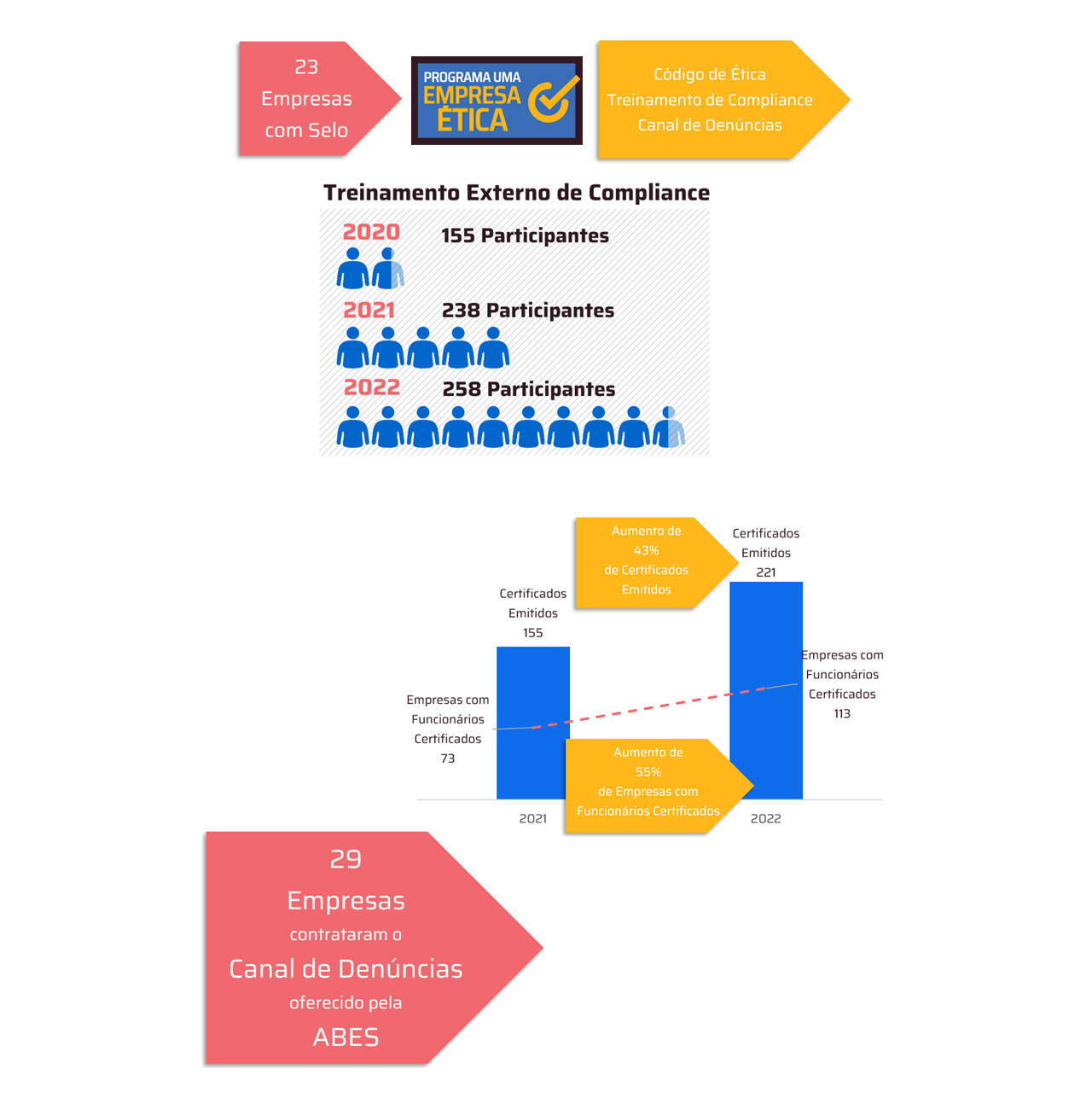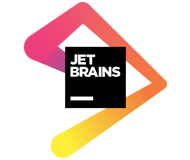 *Per Rivaldo Ferreira and Augusto Motta
*Per Rivaldo Ferreira and Augusto Motta
A survey by Itaú BBA revealed that the utilities sector, which includes energy, water and gas, is considered the preferred by investors, totaling 67.4% of the votes obtained in its survey. Added to this indicator, Eletrobras has the most indicated share by 34.8% of funds and institutional. In the sanitation sector, after the new Legal Framework, sanctioned in July 2020, R$ 72.2 billion of investments were generated, according to information from the Ministry of Regional Development (MDR).
The scenario confirms a positive outlook for these segments in the Brazilian market. And, given the optimism, 81% of utilities want to improve services, combat losses and thefts and reduce costs, points out the Brazilian Association of Internet of Things (Abinc). Pulled by the wave of investments that will allow these improvements in the sector, is the Internet of Things (IoT), with growth of 10% in the next five years, reveals the study. And this projection should rise with the arrival of 5G, which will boost sensing.
However, to be effective around these objectives, it is necessary to go further: to structure a complete plan for the implementation and orchestration of journeys, which involves not only IoT, but also cloud computing, data analysis, artificial intelligence, machine learning and 5G, among others. other technologies that will enable concessionaires to carry out their daily activities and support decision-making processes. While the public services segment has also been undergoing a technological revolution, we can make an analogy with the fourth industrial revolution and, in reference, call it Utilities 4.0.
It so happens that, still according to Abinc, 76% of the companies have a digital transformation plan, but not in a structured way involving the entire organization. It is at this point that the aforementioned technologies act, each one serving a process and, integrated, supporting the entire organization with information for decision-making and greater processing capacity.
As we've seen, the benefits of Utilities 4.0 have gone beyond just getting smart manufacturing. Today, the technologies that involve this concept are decisive in the areas of operation, maintenance, management and also reflect in the way consumers are served. These, in turn, want to have continuous services, of better quality and low cost.
Even more exciting is that Utilities 4.0 can facilitate interconnectivity between utilities, and create, for example, large stores of data about their assets and the environment. Engineers and scientists can use big data and machine learning analytics tools to generate insightful information about shared environment behavior and common physical assets. This information can be shared by communities and utilities to more holistically improve the industry, the environment and benefit society. In doing so, Utilities 4.0 will drive economies of scope and scale across industries that were previously unimaginable.
Given this scenario, it is clear that the main challenge has become how to best apply these technologies to solve problems and advance in the journey of digital evolution. Following the concept of Utilities 4.0, companies in the sector will have a vast possibility of achieving their strategic objectives through excellence in their operational efficiency and the experience of their consumers, enabling organizations to adapt to rapid market changes and support a large breaking the social paradigm towards sustainable development.
*Rivaldo Ferreira is corporate vice president and Augusto Motta is commercial manager, both in the Utilities division of SONDA, a regional leader in Digital Transformation services





